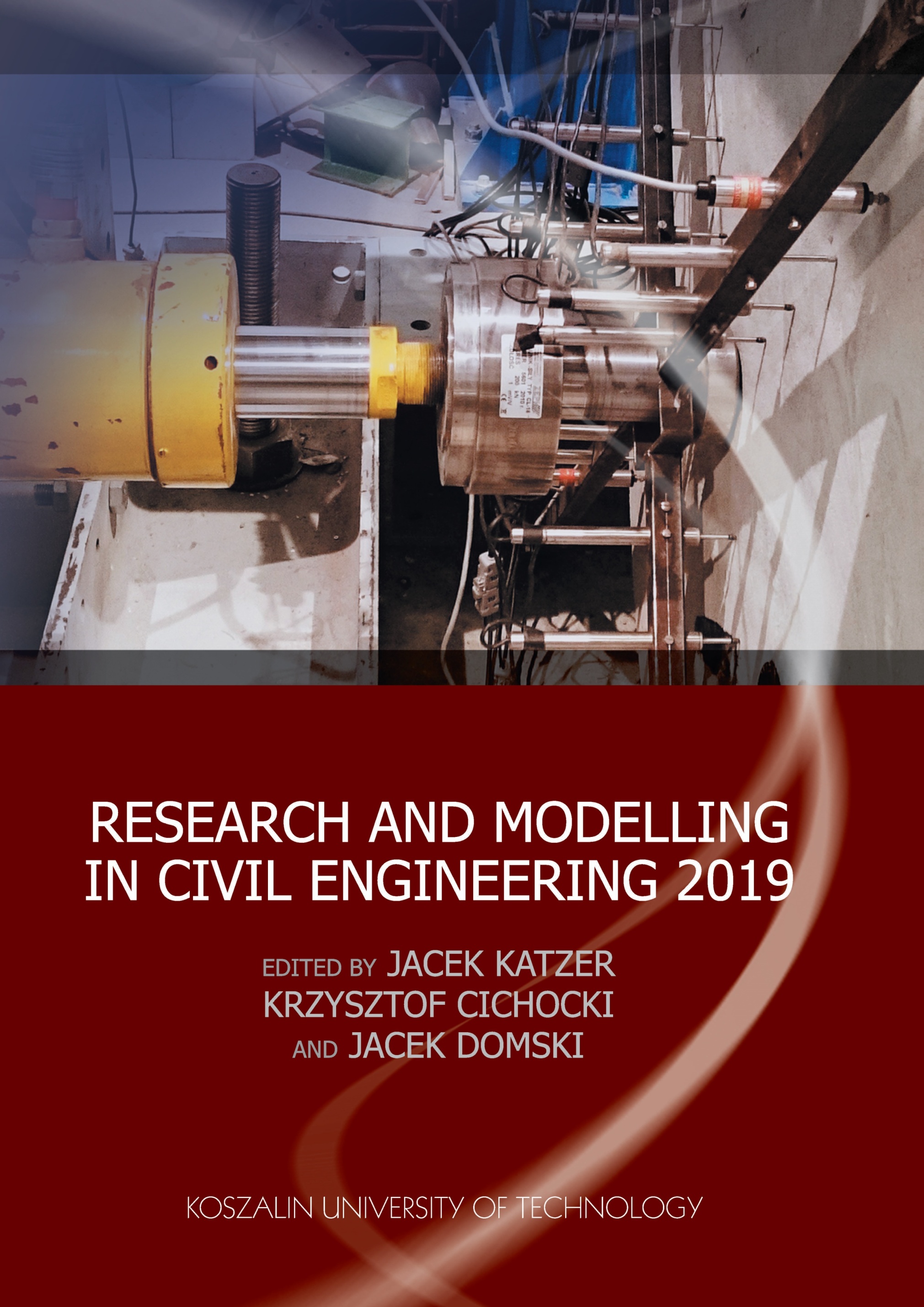Preface
This monograph was created as the scientific outcome of the “4th Central European Civil Engineering Meeting 2019” (CECEM 2019) which took place at Koszalin University of Technology (Faculty of Civil Engineering, Environmental and Geodetic Sciences) in Poland, 3-7 June 2019. The meeting was organized by an international scientific society “Research and Modelling in Civil Engineering” in cooperation with Koszalin University of Technology. Researchers representing four countries (Bulgaria, Czech Republic, Portugal and Poland) were attending the meeting. The meeting was organized as an ERASMUS+ event.
CECEM 2019 had both staff training (STT) and teaching (STA) character and was a great opportunity to share knowledge and experience in the field of civil and structural engineering. The week-long programme included round table discussions, presentations, problem solving cases, lab visits, workshops and social events. The main objectives of CECEM 2019 included peer-learning, networking, transfer of knowledge and sharing research experiences and best practices. Participants brought into the discussion examples from their own institutions and present best practices and innovative approaches to the issues addressed.
The meeting was following the “1st Central European Civil Engineering Meeting 2016” (CECEM 2016), the “2nd Central European Civil Engineering Meeting 2017” (CECEM 2017) and the “3rd Central European Civil Engineering Meeting 2018” (CECEM 2018). All meetings took place at Koszalin University of Technology (Faculty of Civil Engineering, Environmental and Geodetic Sciences) in Poland. The 1st CECEM 2016 (21 -23 June 2016) attracted researchers from Czech Republic and Ukraine. The 2nd CECEM 2017 (5 – 9 June 2017) attracted researchers from Czech Republic, Slovakia, Romania and Poland. The 3rd CECEM 2018 (4 – 8 June 2018) attracted researchers from Czech Republic, Slovakia, Spain, Poland and Vietnam.
During CECEM 2019 multiple scientific presentations were delivered and discussed. Organizers decided to prepare a monograph as the outcome of the meeting to prevent these high quality presentations from perishing. Willing authors prepared extended versions of their papers for publication. After very careful analyses and peer-review process 9 chapters were accepted for the final version of the monograph. The inclusion of a chapter in the monograph was free of charge for the authors. The peer-reviewing, editing and printing costs were covered by Faculty of Civil Engineering, Environmental and Geodetic Sciences at Koszalin University of Technology.
The 5th CECEM 2020 will take place in Olsztyn (Poland), 1 – 5 June 2020. It will be hosted by University of Warmia and Mazury in Olsztyn. Colleagues from partner and non-partner institutions are encouraged to take part in the event. Contact person: prof. Jacek Katzer (cecem@cecem.eu). All details concerning the 5th CECEM 2020, previous meetings and an international scientific society “Research and Modelling in Civil Engineering” are available at the meeting website: www.cecem.eu. Free electronic versions of the current and previous monographs are also available there.
Editors
Jacek Katzer, Krzysztof Cichocki and Jacek Domski
Katzer J., Cichocki K., Domski J. (eds.) (2019) Research and Modelling in Civil Engineering 2019.
Koszalin: Koszalin University of Technology Publishing House, Monograph No 366,
Faculty of Civil Engineering, Environmental and Geodetic Sciences.
ISSN 0239-7129, ISBN 978-83-7365-525-6
(Monograph – Full text)
Table of contents (Chapters)
- Thermally loaded concrete specimens: fractal dimensions of fracture surface and mechanical fracture parameters – pp. 7-30
Iva Rozsypalová, Tomáš Trčka, Petr Frantík, Hana Šimonová, Barbora Svobodová, Petr Daněk, Zbyněk Keršner - Contribution to comparison of methods for the investigation of chloride ingress related resistance – pp. 31-40
Petr Lehner, Petr Konečný, Tuan Duc Le and Vlastimil Bílek - Requirements for BIM model – pp. 41-54
Maciej Major, Jacek Nawrot, Izabela Major - Comparative study of Building Law in Poland and Russian Federation – pp. 55-70
Seweryn Malazdrewicz - Numerical analysis of a semi-circular disc with an angled crack loaded in mixed-mode – pp. 71-84
Lucie Malíková, Petr Miarka, Hana Šimonová, Barbara Kucharczyková - Methodology for static analysis of pre-stressed plane cable systems – pp. 85-106
Dimitar Mitashev, Svetlana Lilkova-Markova - A UAV-based 3D model for building condition monitoring – pp. 107-120
Anna Banaszek, Sebastian Banaszek, Anna Cellmer, Vicenç Gibert, Carles Serrat - Creating a web application to calculate predicted exploitative resistance to frost – pp. 121-132
Raminta Žurauskaitė, Marina Valentukevičienė, Ramunė Žurauskienė - The effect of steel fibres on selected properties of new generation of concrete – pp. 133-148
Tomasz Ponikiewski


